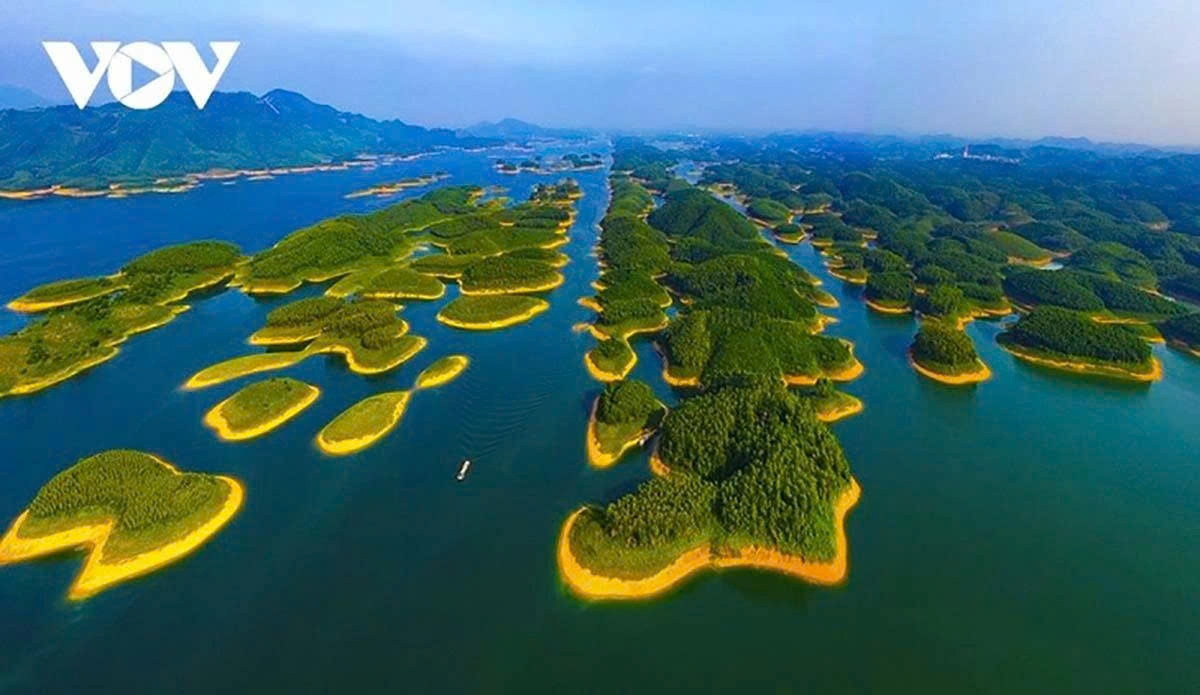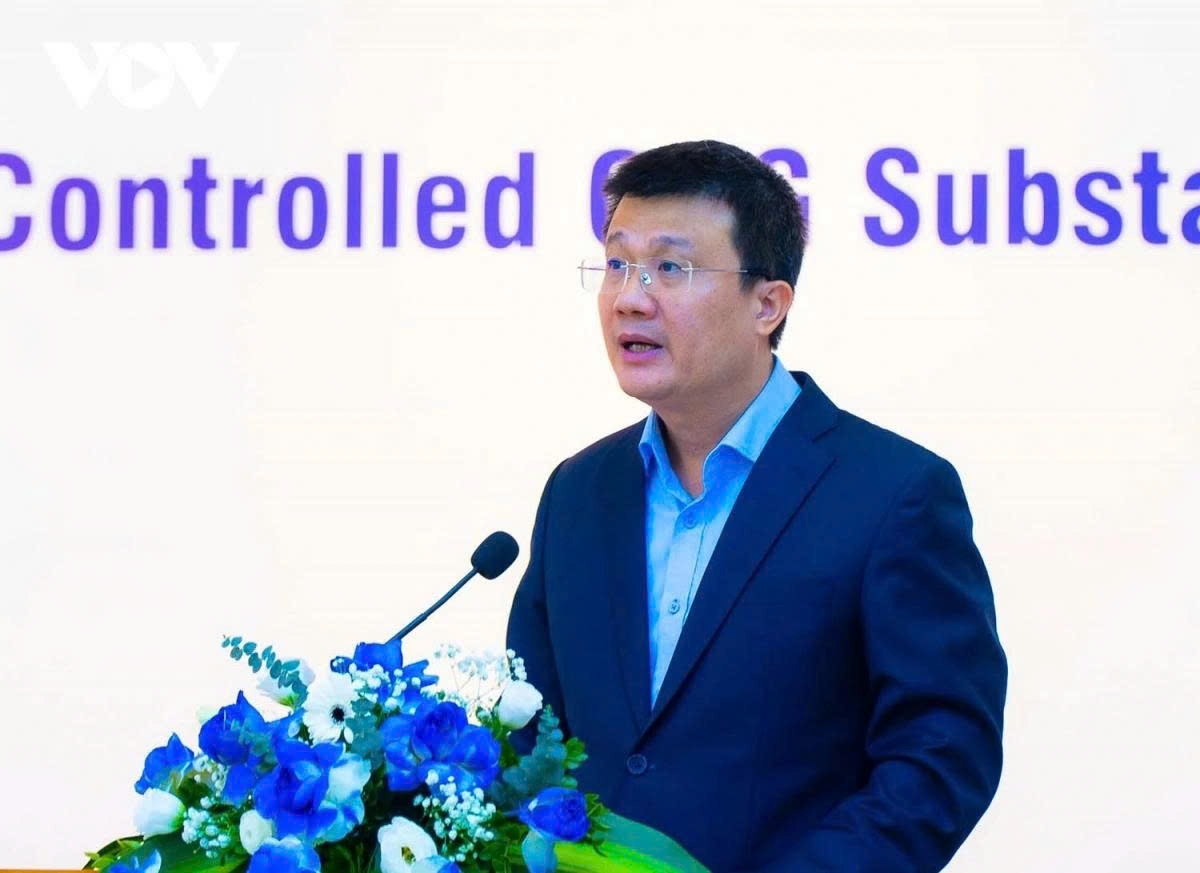Complete legal framework needed to develop carbon market in Vietnam
VOV.VN - Vietnam is racing to complete a comprehensive legal framework to launch its national carbon market, a key step toward meeting its net-zero commitments and driving a low-carbon, competitive economy.

In January 2025, the Prime Minister approved a national plan to establish and develop a carbon market as part of Vietnam’s strategy to fulfil its greenhouse gas (GHG) emission reduction commitments under its Nationally Determined Contribution (NDC), transition to a low-carbon economy, and achieve net-zero emissions by 2050. The carbon market is also intended to promote green growth, drive adoption of low-emission technologies, and improve the global competitiveness of Vietnamese businesses.
A key target of the scheme is to complete the legal framework by June 2025. This framework will govern the trading of GHG emission quotas, manage carbon credits and both domestic and international offset mechanisms, establish infrastructure for a carbon trading platform, and build institutional capacity at both national and enterprise levels.
However, progress has been slow, falling behind schedule. Speaking at the Vietnam Net Zero Forum 2025 held recently, Nguyen Tuan Quang, deputy director of the Department of Climate Change under the Ministry of Agriculture and Environment, noted that relevant ministries are racing to finalise regulations, with the goal of launching a pilot carbon exchange by the end of 2025.
Under the approved scheme, the Vietnamese carbon market will trade two main types of assets - GHG emission quotas and carbon credits. The GHG emission quotas are allocated to facilities listed in the national inventory of major GHG emitters and distributed either freely or via auctions.
Meanwhile, the carbon credits are derived from domestic programmes/projects under Vietnam’s offset mechanism, or from international mechanisms such as Clean Development Mechanism (CDM), Joint Crediting Mechanism (JCM), and Article 6 mechanisms under the Paris Agreement.

The Ministry of Finance has submitted a draft decree on the domestic carbon credit trading platform, designed to operate like a stock exchange. At the same time, the Ministry of Agriculture and Environment is drafting a decree on international carbon credit trading, expected to be submitted to the government this year.
Quang also emphasised the need to tightly control international transactions. Without proper regulation, he said, emission reductions sold to other countries could count toward their NDCs, leading to shortfalls in Vietnam’s own targets.
Urgency is growing across industries. Vietnamese airlines are expected to need approximately 2.3 million carbon credits in the next five months to comply with CORSIA (Carbon Offsetting and Reduction Scheme for International Aviation), while shipping companies face mandatory emission reductions under UN maritime agreements.
the EU Carbon Border Adjustment Mechanism (CBAM) poses another major challenge. Vietnamese exporters without verified carbon pricing or offsets could face carbon tariffs of 20–35% of product value or be forced to purchase costly foreign carbon credits.
According to the World Bank, since 2003, Vietnam has issued over 22 million carbon credits certified by Verra and Gold Standard, with more than half issued in 2024 alone. In addition, over 40 million credits have been generated through CDM projects.
Regulators acknowledge Vietnam’s significant potential to generate carbon credits, particularly from its rich natural resources and renewable energy projects. However, to unlock this potential and safeguard national interests, the government must urgently finalize its legal and regulatory framework, build robust trading infrastructure, and ensure transparent, well-managed international credit transactions.





